Kenya is free of guinea worm disease, Niger just eliminated river blindness, while Mauritania and Papua New Guinea have wrestled down trachoma.
Three years ago, Rwanda’s President Paul Kagame launched the Kigali Declaration, a bold plan to fight Neglected Tropical Diseases (NTDs). Today, it’s driving Africa’s push to end these diseases, which hit 1 billion people worldwide, with Africa facing 40 per cent of cases.
Now 84 countries and groups back the declaration, up from 57 in 2022, with Sudan as the newest addition, “and that’s worth celebrating,” says Dr Isatou Touray, Executive Director of Uniting to Combat Neglected Tropical Diseases. “What we need now is concrete, sustained commitment to go further and faster… to reach the goal of eliminating NTDs by 2030.”
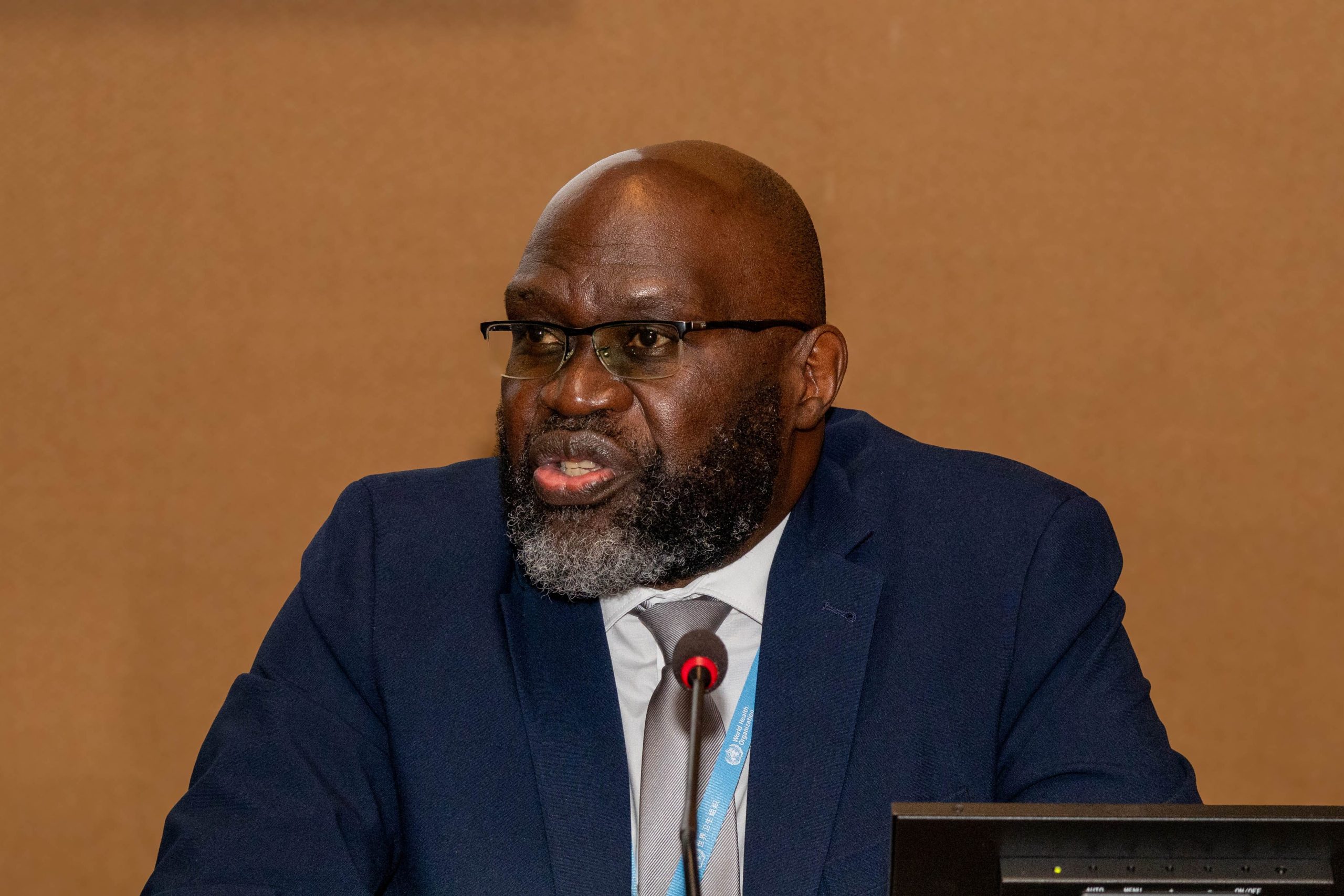
The fight against NTDs has been made harder by climate change, increasing the spread of diseases like leishmaniasis.
Speaking at the 78th World Health Assembly (WHA) in Geneva, Switzerland, Dr Matendechero Sultani, Senior Deputy Director at Kenya’s Ministry of Health, said, “Quite a number of these neglected tropical diseases are vector-borne. Climate change has a profound impact on the distribution and general dynamics of these vectors.”
Despite these challenges, Africa is achieving remarkable success. A total of 56 countries worldwide have eliminated at least one NTD, with many African nations, “like Mali with all the challenges it has faced is on this list,” said Dr Angela Weaver, vice-president of the NTD portfolio at Helen Keller International in reference to Mali’s victory over trachoma.
Kenya has been certified free of guinea worm disease since 2018
“Almost the entire country was endemic for trachoma. But thanks to government commitment and a broad coalition of partners, Mali was able to free its population from the risk of blindness,” Weaver explains.
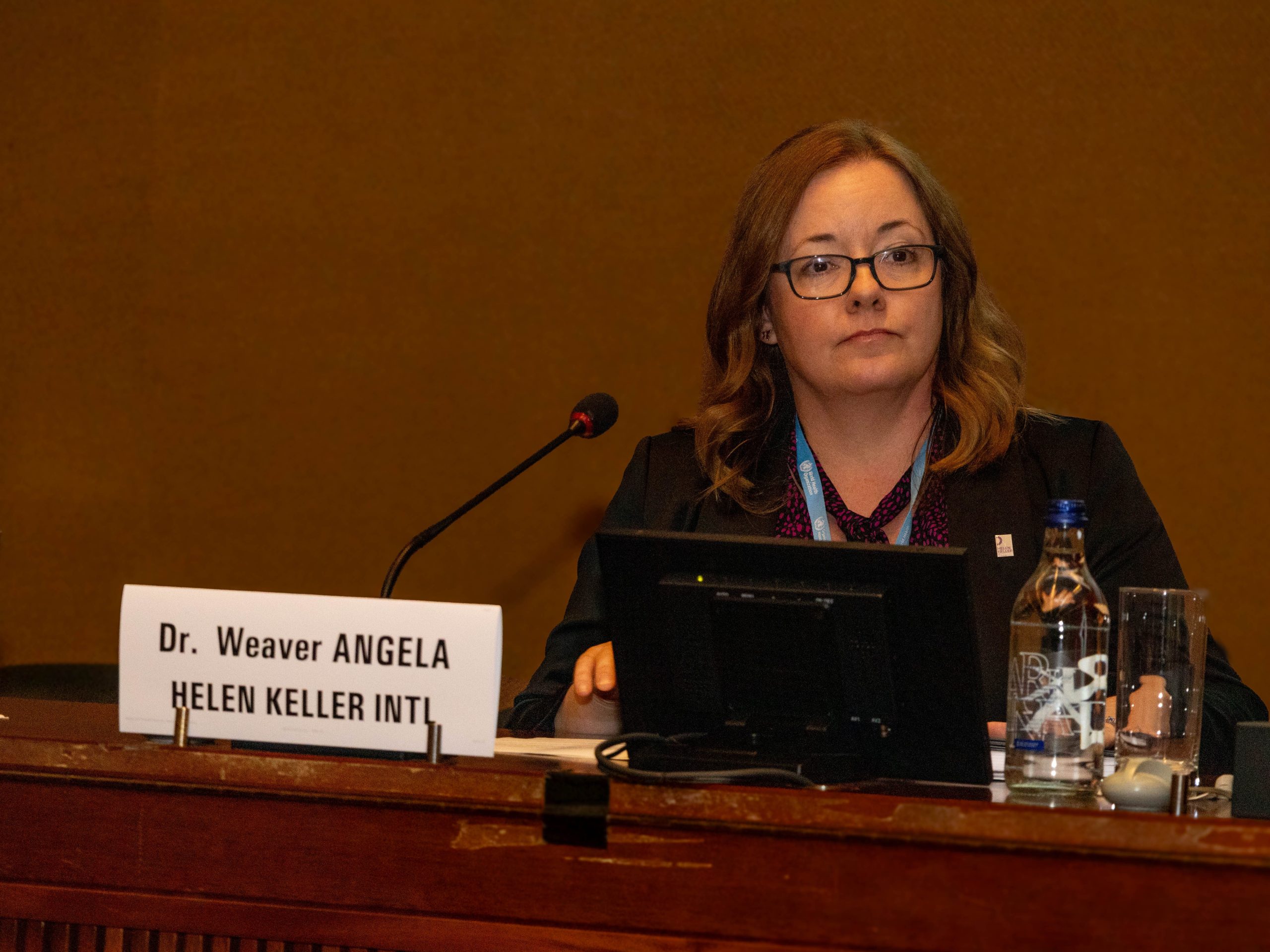
Niger too achieved another historic milestone as the first African country to eliminate onchocerciasis (river blindness), while Mauritania and Papua New Guinea were recently celebrated for successfully eliminating trachoma.
Kenya, on the other hand, has been certified free of guinea worm disease since 2018 and the country “is viewed as a model when it comes to lymphatic filariasis elimination because we came in with a very effective campaign,” said Dr Sultani.
Kenya cut elimination time from five years to two by adopting new research-backed treatments. “We embraced it as Kenya. We brought in all the partners,” he explained. “We deployed it successfully, and now we have already passed the transmission assessment survey.”
Kenya is now making significant progress towards eliminating river blindness and trachoma by improving surveillance, community education and health worker training on NTDs, as well as strengthening disaster management systems to better respond to health emergencies.
In Kenya, some misconceptions were that lymphatic filariasis was sexually transmitted
Kenya succeeded by tackling human, animal, and environmental health together, and Dr Sultani said it involved everyone: government, businesses, farmers, water experts and scientists, a teamwork that is key as many NTDs are spread through animals or contaminated environments. Working across sectors helps stop outbreaks faster and strengthens health systems.
But technical solutions alone are insufficient without addressing cultural barriers, with Dr Sultani arguing that “Behaviour is one of the biggest public health problems because cultural beliefs are a big impediment to interventions.”
Kenya, for instance, discovered misconceptions about lymphatic filariasis transmission as “Some thought it’s a sexually transmitted disease. Some thought it is witchcraft,” said Dr Sultani adding that “We conducted a very aggressive advocacy, communication, and social mobilisation strategy” besides tailoring approach by treating each group differently since “a solution that works for women in the community might not be right for young boys.”
Tanzania’s achievements are equally impressive. Dr Paul Chaote, Assistant Director General, reports that they achieved a 96 per cent reduction in lymphatic filariasis across 114 out of 119 endemic districts, and similar success with trachoma, which “translates to millions of more healthy children attending schools and a more productive workforce.”
Interruption of USA funding for NTDs and global health threatens national health systems
Crucially, Tanzania demonstrated domestic investment commitment: “The funds have increased from almost $800,000 to $7 million in the current year.”
The pharmaceutical industry has committed more than 28 billion units of medicine to prevent and treat NTDs through 2030. Recent milestones include Merck’s delivery of its five billionth donated dose and GSK’s distribution of its 12 billionth donated dose.
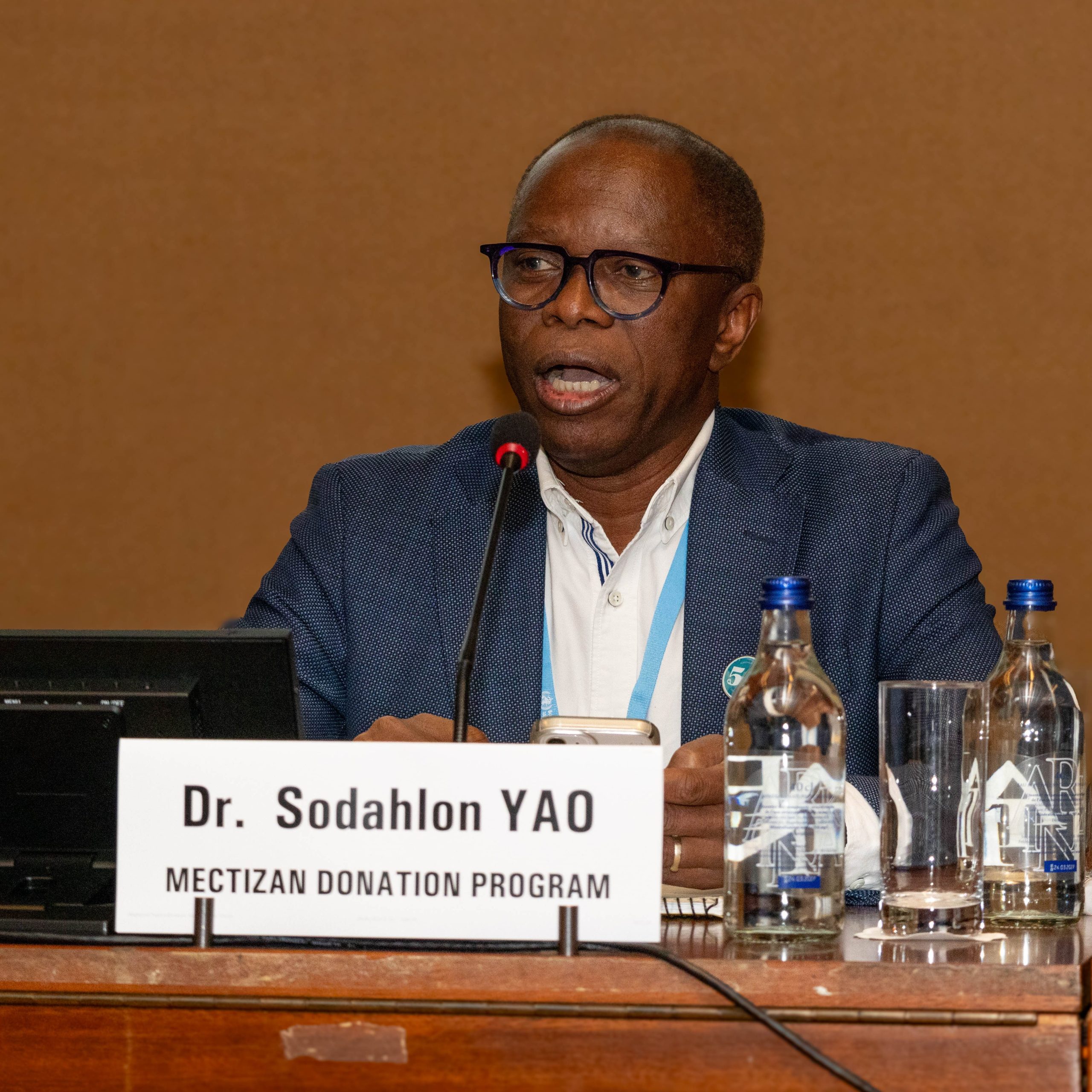
Dr Sodahlon Yao, a tropical disease expert, emphasises the scale: “In 38 years, Merck MSD shipped more than five billion treatments to more than 62 countries and territories.”
Beyond traditional medical interventions, Africa’s NTD victories increasingly rely on One Health approaches that integrate human, animal, and environmental health strategies. This multisectoral framework has proven essential, as many NTDs involve complex transmission cycles across species and ecosystems.
The World Bank’s Pandemic Fund has recognized this interconnected reality, approving grants to boost pandemic resilience in 37 countries with a specific focus on reducing disease outbreak risks through integrated approaches. “The Project’s overall objectives are to reduce the risk of disease outbreaks, epidemics and pandemics, improve regional food-systems resilience, and increase agricultural competitiveness while maintaining ecosystem wellbeing,” notes the World Bank.
Environmental management plays a particularly crucial role beyond climate adaptation. Drainage systems eliminate vector breeding sites for diseases like lymphatic filariasis, while improved sanitation infrastructure directly disrupts transmission cycles for soil-transmitted helminths and trachoma. The Gates Foundation has committed $500 million through the Reaching the Last Mile Fund specifically for African NTD elimination, emphasizing integrated interventions that combine nutrition, water, sanitation, hygiene (WASH) and deworming programmes.
However, a severe funding crisis threatens progress made. Major cuts in official development assistance, particularly from the United States, have created an urgent situation where more than a million donated drugs risk expiration within nine months.
Dr Weaver warns: “The interruption of USA funding for NTDs, cuts to US government funding for global health and foreign assistance, coupled with decreases in Official Development Assistance (ODA) from other countries, threaten national health systems.”
Progress is possible, but challenges remain in climate change, funding gaps, cultural barriers
Yet she emphasises resilience: “We may be a small community, but we have incredible partnerships. We come with drugs. We come with proven, cost-effective, scalable community interventions. We have demonstrated that we can eliminate diseases.”
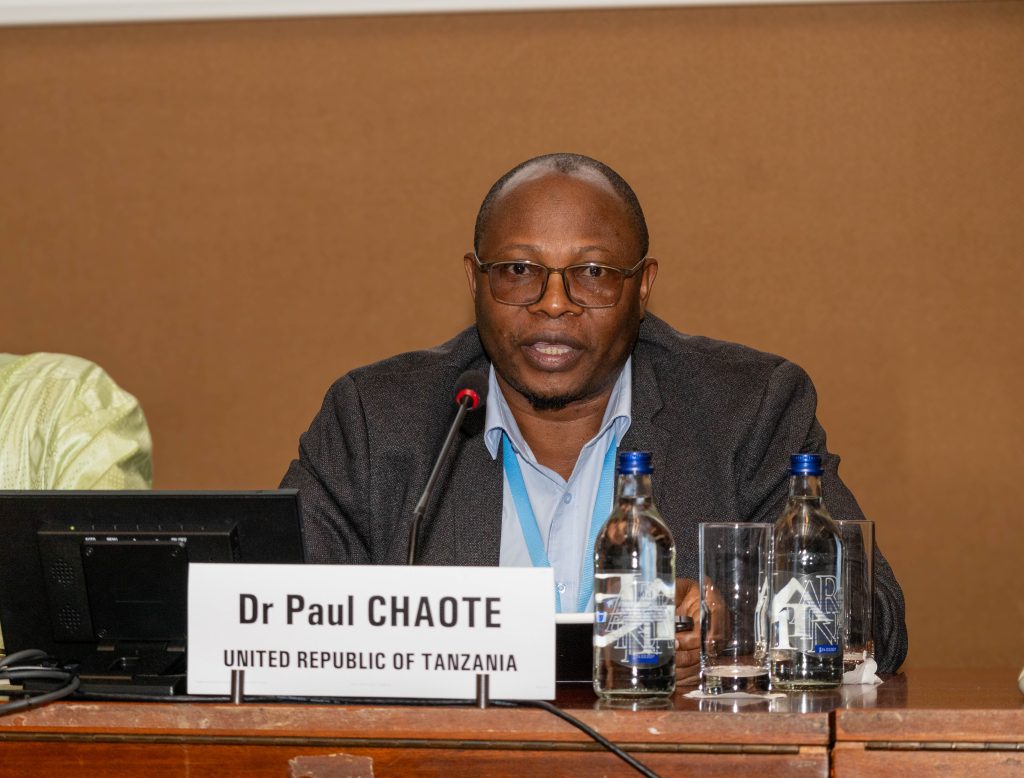
The funding crisis is driving innovation. Dr Chaote calls for diversified approaches: “We must explore innovative financing mechanisms, strengthen public-private partnerships and foster greater collaboration across sectors. No single entity can tackle this challenge alone.”
The European and Developing Countries Clinical Trials Partnership has responded with a Ksh6.16 billion (€46 million) fund dedicated to NTD research, while the Kigali Declaration Commitment Tracker continues providing transparency in funding and progress monitoring.
Three years after the Kigali Declaration, Africa is proving that progress is possible, but challenges remain in climate change, funding gaps, and cultural barriers still threaten gains.
Yet with billions of treatments pledged, local communities leading the fight, and more countries joining, Africa is changing how the world tackles disease. Reaching the 2030 goals will demand steady funding, innovation, and teamwork, but the roadmap is clear.
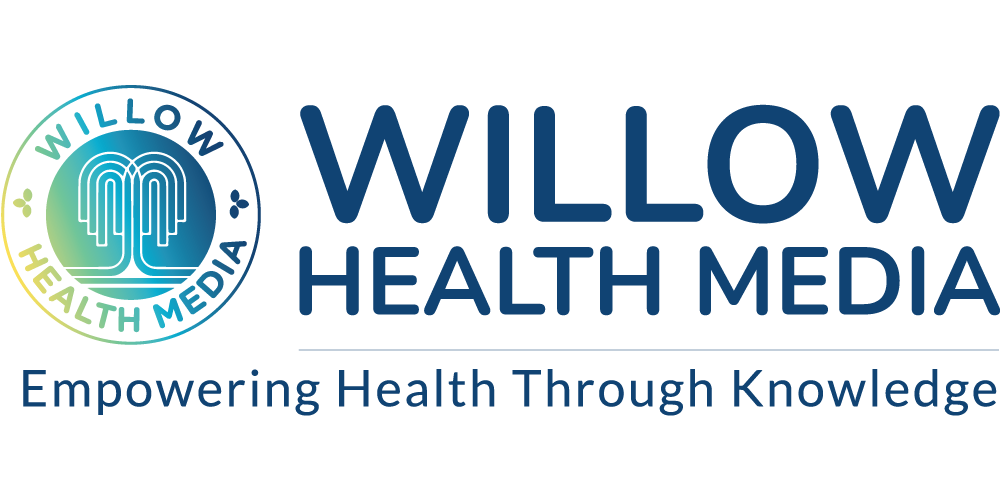
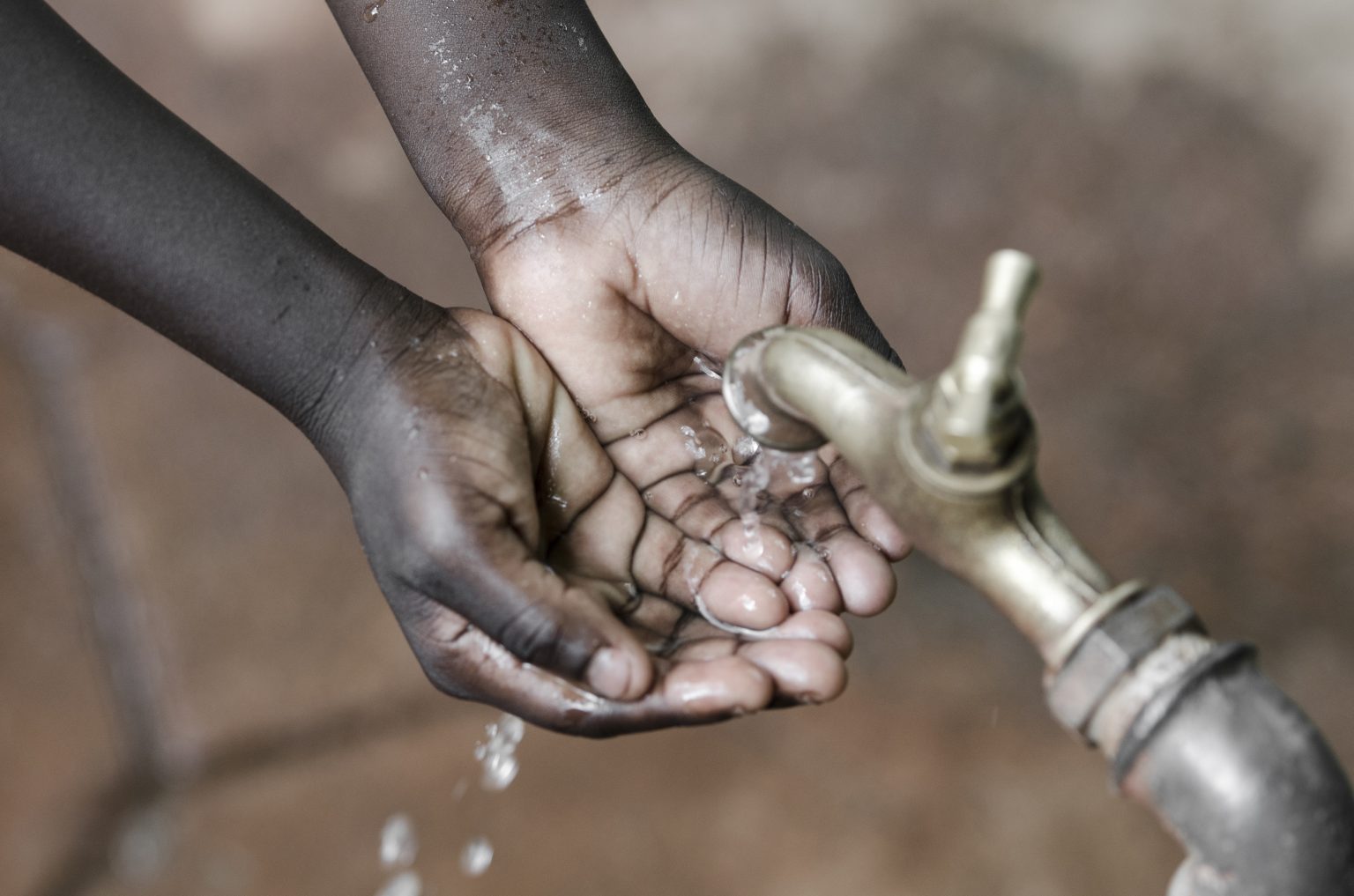
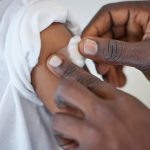




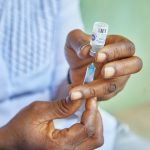





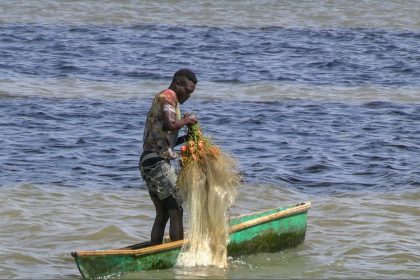

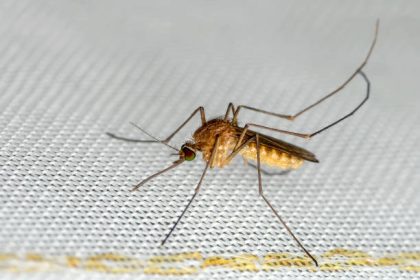



Indepth research and well documented evidence based story.